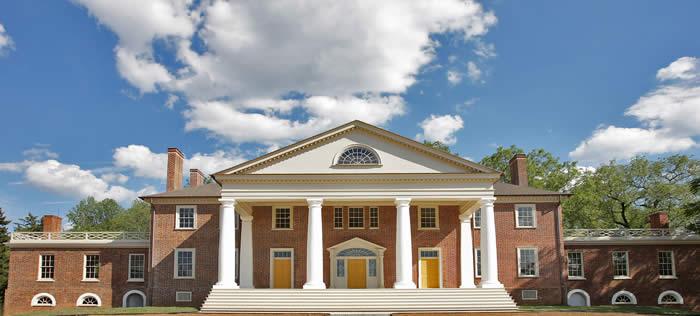Retirement
James Madison enjoyed a long and active retirement. Of necessity he threw himself into the management of his large plantation, interesting himself in scientific farming as a means to counter the increasing unprofitability of Virginia agriculture. Beginning in 1816 he sat on the Board of Visitors that was creating the University of Virginia, and when Thomas Jefferson died in 1826, Madison became the university's second rector. Madison made few public appearances and public statements, but in his correspondence he waged a rearguard action against the rise of doctrines of nullification and states' rights. In 1829-30 he served as a delegate to the Richmond convention called to draw up a new Virginia constitution. Focused on finding a compromise on the issue of how to count enslaved persons for purposes of representation in the House of Delegates, his efforts there helped to bring about the new constitution that voters approved in April 1830.
The convention constituted Madison's last public political appearance. He returned to Montpelier in January 1830 and died there on 28 June 1836.

(photo: Kenneth M. Wyner, courtesy of The Montpelier Foundation)
David Mattern (edited for use here by Jewel Spangler, Anne Colony, and Ellen Goldlust); source: The American Revolution 1775-1783: An Encyclopedia, ed. Richard L. Blanco and Paul J. Sanborn (2 vols.; New York, 1993), 2:1002-8.